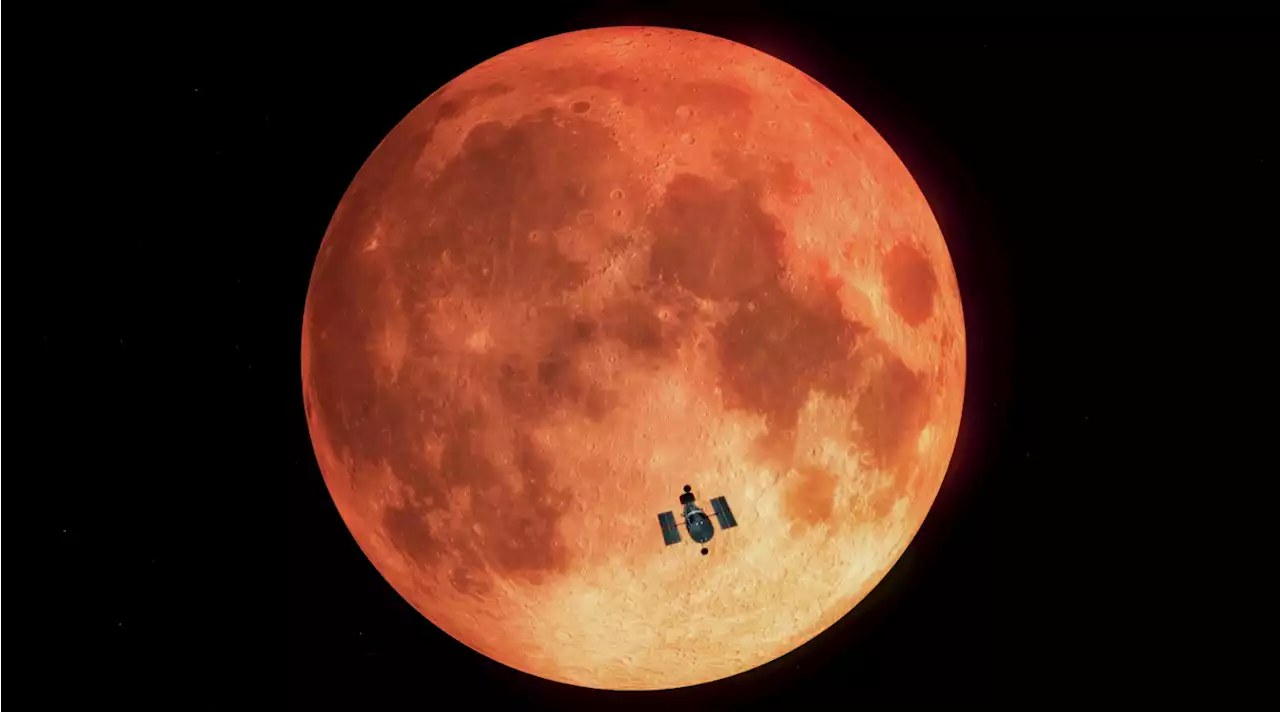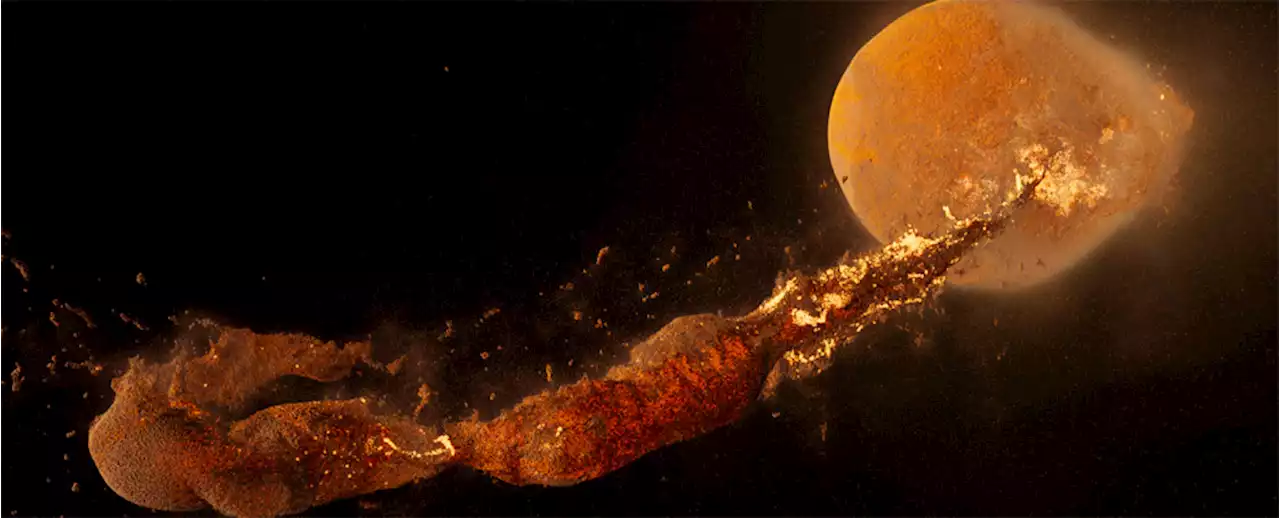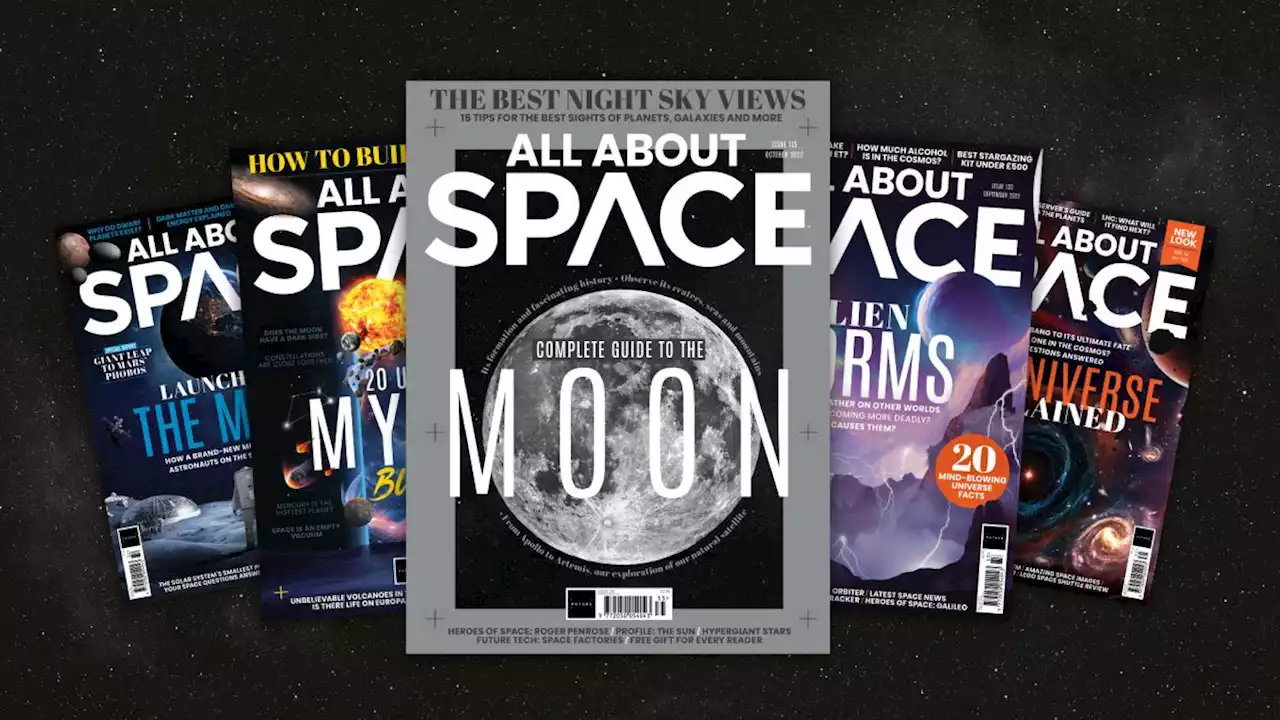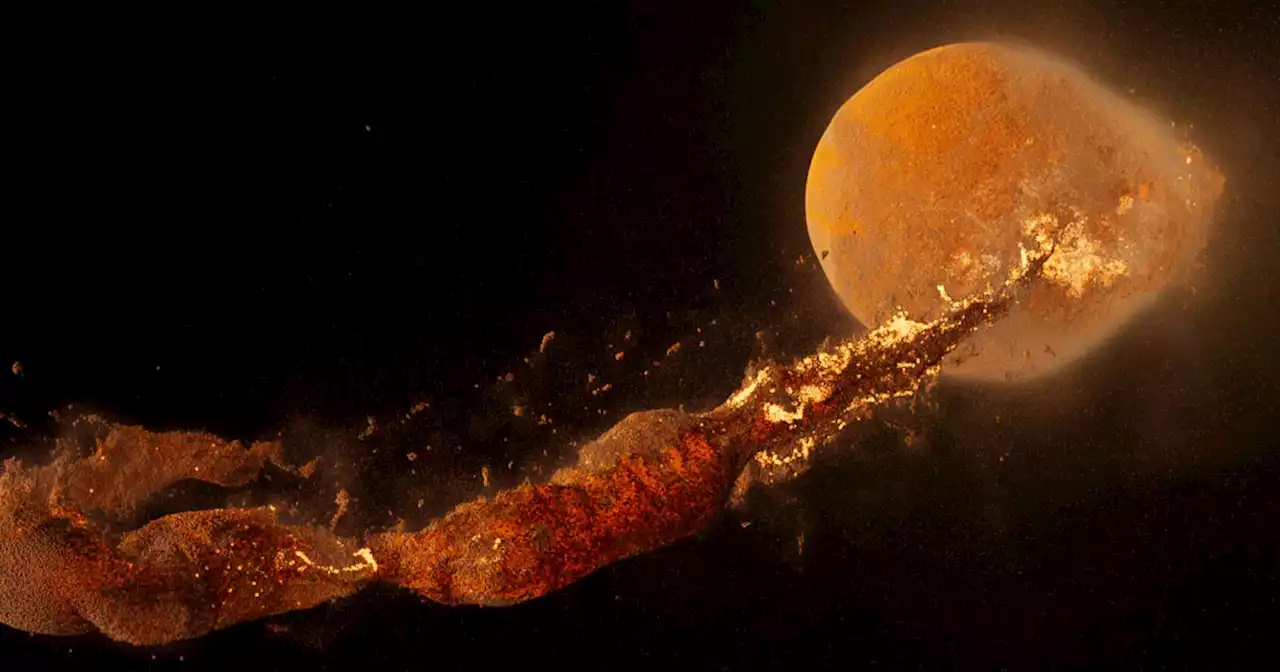This'll put your bad day in perspective.
We're still not entirely sure how the Moon formed billions of years ago — a mystery scientists have been trying to unravel for decades.One of the most popular hypotheses explaining the formation of the Moon suggests it was formed after a Mars-sized object dubbed Theia collided with the Earth around 4.5 billion years ago.
One of the biggest pieces of the puzzle to date is the fact that the rocks returned by astronauts during the Apollo missions closely resembled the composition of rocks on Earth. The team used cutting edge supercomputers to simulate hundreds of different impacts between two colliding bodies. The resulting video is a stunning animation of two floating objects, caught in a lava-spewing dance.
In other words, the Moon may be made up of much more Earth material, especially when it comes to its outer layers, which makes sense given what we know about their similarities in composition.
United States Latest News, United States Headlines
Similar News:You can also read news stories similar to this one that we have collected from other news sources.
 Keep an eye to the sky: The full hunter's moon will rise Sunday eveningOctober’s full moon is called the hunter's moon because it's the time of year when historically hunters began collecting food and storing it for the long and cold winter months ahead, according to the Old Farmer’s Almanac.
Keep an eye to the sky: The full hunter's moon will rise Sunday eveningOctober’s full moon is called the hunter's moon because it's the time of year when historically hunters began collecting food and storing it for the long and cold winter months ahead, according to the Old Farmer’s Almanac.
Read more »
 New simulation shows how the Moon may have formedA new simulation created by researchers could give us a front row seat to how the Moon formed during Earth's early days.
New simulation shows how the Moon may have formedA new simulation created by researchers could give us a front row seat to how the Moon formed during Earth's early days.
Read more »
 Earth's Moon Could Have Taken Just Hours to Form From a Shattered MessThe Moon could have formed immediately after a cataclysmic impact that tore off a chunk of Earth and hurled it into space, a new study has suggested.
Earth's Moon Could Have Taken Just Hours to Form From a Shattered MessThe Moon could have formed immediately after a cataclysmic impact that tore off a chunk of Earth and hurled it into space, a new study has suggested.
Read more »
 Explore the moon like never before with All About Space magazineEven though we know more about our natural satellite than any other celestial body — and have even visited it — the moon continues to fascinate us.
Explore the moon like never before with All About Space magazineEven though we know more about our natural satellite than any other celestial body — and have even visited it — the moon continues to fascinate us.
Read more »
 Supercomputer Simulations Reveal How a Giant Impact Could Have Formed the MoonPioneering scientists from Durham University’s Institute for Computational Cosmology used the most detailed supercomputer simulations yet to reveal an alternative explanation for the Moon's origin, 4.5 billion years ago. It revealed that a giant impact between Earth and a Mars-sized body could immed
Supercomputer Simulations Reveal How a Giant Impact Could Have Formed the MoonPioneering scientists from Durham University’s Institute for Computational Cosmology used the most detailed supercomputer simulations yet to reveal an alternative explanation for the Moon's origin, 4.5 billion years ago. It revealed that a giant impact between Earth and a Mars-sized body could immed
Read more »
 Uranus' weird tilt may be the work of a long-lost moonPaul M. Sutter is an astrophysicist at SUNY Stony Brook and the Flatiron Institute in New York City. Paul received his PhD in Physics from the University of Illinois at Urbana-Champaign in 2011, and spent three years at the Paris Institute of Astrophysics, followed by a research fellowship in Trieste, Italy, His research focuses on many diverse topics, from the emptiest regions of the universe to the earliest moments of the Big Bang to the hunt for the first stars. As an 'Agent to the Stars,' Paul has passionately engaged the public in science outreach for several years. He is the host of the popular 'Ask a Spaceman!' podcast, author of 'Your Place in the Universe' and 'How to Die in Space' and he frequently appears on TV — including on The Weather Channel, for which he serves as Official Space Specialist.
Uranus' weird tilt may be the work of a long-lost moonPaul M. Sutter is an astrophysicist at SUNY Stony Brook and the Flatiron Institute in New York City. Paul received his PhD in Physics from the University of Illinois at Urbana-Champaign in 2011, and spent three years at the Paris Institute of Astrophysics, followed by a research fellowship in Trieste, Italy, His research focuses on many diverse topics, from the emptiest regions of the universe to the earliest moments of the Big Bang to the hunt for the first stars. As an 'Agent to the Stars,' Paul has passionately engaged the public in science outreach for several years. He is the host of the popular 'Ask a Spaceman!' podcast, author of 'Your Place in the Universe' and 'How to Die in Space' and he frequently appears on TV — including on The Weather Channel, for which he serves as Official Space Specialist.
Read more »
